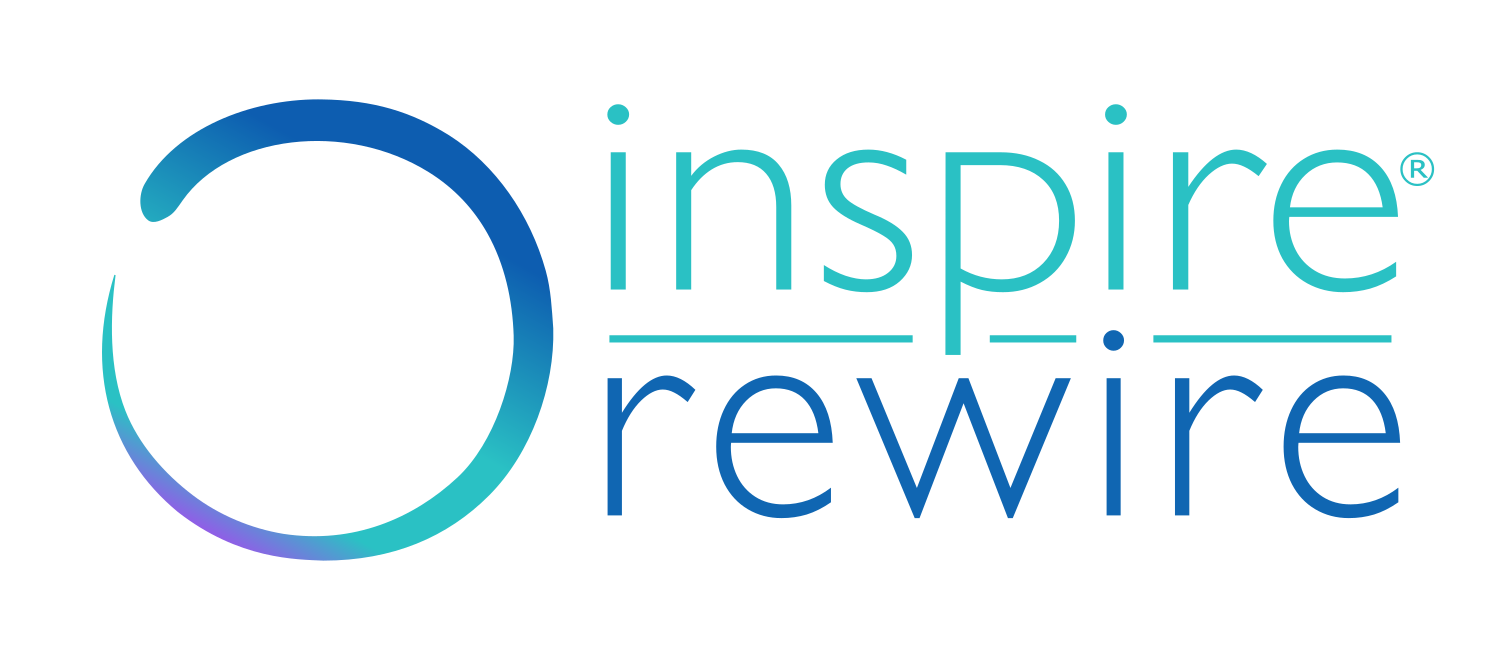In case you are interested but not too sure what to expect here’s a little run down of how we go about it. There are various ways and methods out there, and so there no right or wrong kind of meditation. Just like finding a Yoga class – it’s all about choosing what vibe sits best with you.
Part 1:
We begin with a theme of the month – in a workshop method we discuss using flips charts and examples. Examples can come from my personal cases, my training or participants. It’s important to note that no one is asked to speak out or put on the spot because these sessions are aimed towards managing anxiety so that’s the last thing we all need! This means you can sit quietly observing or you can participate if you feel something you have to share will help another person to hear the story, to know they are not alone, or hear how you overcame it. Often just by speaking something out you can have a ‘aha’ healing moment.
These sessions are based around tools and techniques that I have discovered along the way that I have found to help me reduce anxiety. They can be anything from NLP techniques (Neuro-Linguisitic Programming) to Tapping, to meditation, to yoga philosophy, to organising your mind, to saying ‘no’, to self-hypnosis and so on. then practice or practically apply the tool; this could be wriring something down, or closing the eyes and ‘working’ with the mind.
Part 2
After this we always end with a meditation which is usually a mindfulness meditation. In our class we usually sit in chairs because it’s important to have a straight back to allow the energy channels to flow but also to maintain mindful throughout or you can sit on the floor with our without a back rest. It’s different to a relaxation session, but I believe in choice for happiness so I always give the option to lie down for those that know they don’t fall asleep but I always say that even if you fall asleep perhaps that ls what you need on that day. There’s no right or wrong. In our Monthly Sound Healing Meditations, I usually recommend to lie down with the head closest to the bowls to get the benefit but again it’s all about choice.
We experiment with different styles of meditation; mindfulness (staying with the now), guided visualisation, healing, mantra or sound etc. At the end, we take a moment to be in the peace of the effect of the meditation itself. If we feel like sharing, we summarise at the end how we felt – what was difficult, what was easy, what we experienced that was different, or the same. Again it’s optional as some people prefer to remain peaceful and quiet in the moment.
So the meditation itself is around 35-40 mins. Regardless of the style of meditation, we always focus first on mindfulness practice – this is training our brain/ mind to be in the now.
Benefits of Meditation
This is really helpful practice for optimising the benefit of a peaceful mind, back in the real world. It becomes a habit; both conscious and subconscious. Looking back can be useful in learning, as can planning into the future. It’s required. But too much of either way can create depression or anxiety, respectively. Therefore it goes without saying that the benefits of meditation are:
self-awareness when feeling intense emotions and thus, being able to handle situations
focus and clarity, leading to vision and action being achieved
increased creativity and insight to support solution finding
neutral perspectives resulting in going with the flow when things are out of your control – with a level of acceptance where needed
confidence and quiet assertiveness (without aggression) where required when you realise changes do need to be made
compassion or yourself and others, leading to better communication, relationships and outcomes – in any situation
Of course, all of this leads to greater wellness both in the mind and body; less stress creates less tension in the body, storage of negative emotions and toxins – shoulders drop, neck relaxes – reducing headaches and body aches and the further physical damage that can lead to more serious damage. In turn it can lead to better food choices and physical activity, further promoting your mind-body wellbeing into this wonderful positive cycle. It only takes one shift in perspective to move from the downward spiral, onto the upward one.


